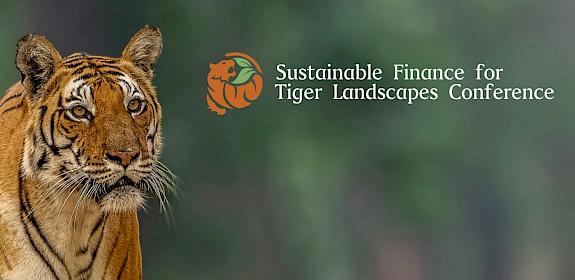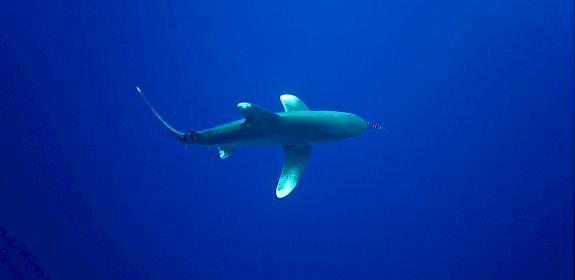WCO and TRAFFIC sign MOU to build the enforcement capabilities of Customs frontline officers
Brussels, Belgium, 21st October 2013—The Secretary General of the World Customs Organization (WCO), Kunio Mikuriya, and Steven Broad, Executive Director of TRAFFIC, today signed a Memorandum of Understanding (MOU) between the organizations at WCO Headquarters.

The MOU formalizes the ongoing co-operative relationship between the WCO and TRAFFIC on sensitising Customs to wildlife conservation issues and bolstering efforts to respond to illegal trade in protected animals and plants.
The Parties have agreed to pool their capacity building efforts by disseminating existing reference and training materials, jointly developing new materials and organizing joint training activities for Customs officers.
They have also agreed to enhance information exchange. TRAFFIC will assist the WCO in identifying gaps in enforcement and detecting new threats, while the WCO will provide TRAFFIC with Customs seizure data to be entered into the EU-TWIX* and ETIS** databases.
“The illegal trade in endangered animals and species is a scourge that Customs administrations are working hard to combat. I am pleased to be able to count on the support of TRAFFIC to meet the complex challenges posed by this type of illegal trade”, said WCO Secretary General, Kunio Mikuriya.
“Customs officers are truly on the frontline of international efforts to counter wildlife trafficking, and TRAFFIC is pleased to lend our full support towards these vital enforcements efforts,” said Steven Broad, Executive Director of TRAFFIC.
TRAFFIC’s expertise, experience of effective strategies and technical resources for training have already been put to good use by the WCO, including during the implementation of Project GAPIN.***
Many Customs officers taking part in WCO-led operations have received specific training on wildlife trafficking enforcement from TRAFFIC.
Both organizations are now working together to provide guidance to frontline officers tackling illegal practices in the timber trade, by some margin the most valuable wildlife commodity traded worldwide. A timber manual as well as training resources are currently being developed with the assistance of timber experts and Customs administrations, who will share their enforcement experience in this area.
Notes:
*The EU-TWIX database was developed as a joint initiative of the Belgian Federal Police, Customs and CITES Management Authority, and TRAFFIC who co-ordinate the system, to assist national law enforcement agencies, including CITES Management Authorities and prosecutors in their task of detecting, analysing and monitoring illegal activities related to trade in fauna and flora covered by the EU Wildlife Trade Regulations.
** The Elephant Trade Information System (ETIS) is a comprehensive information system for tracking illegal trade in ivory and other elephant products, and is managed by TRAFFIC on behalf of the Parties to CITES.
***Project GAPIN is a WCO initiative funded by the Swedish Government that helps Customs administrations in many parts of Africa fight against the illicit trafficking in wildlife protected under CITES.




